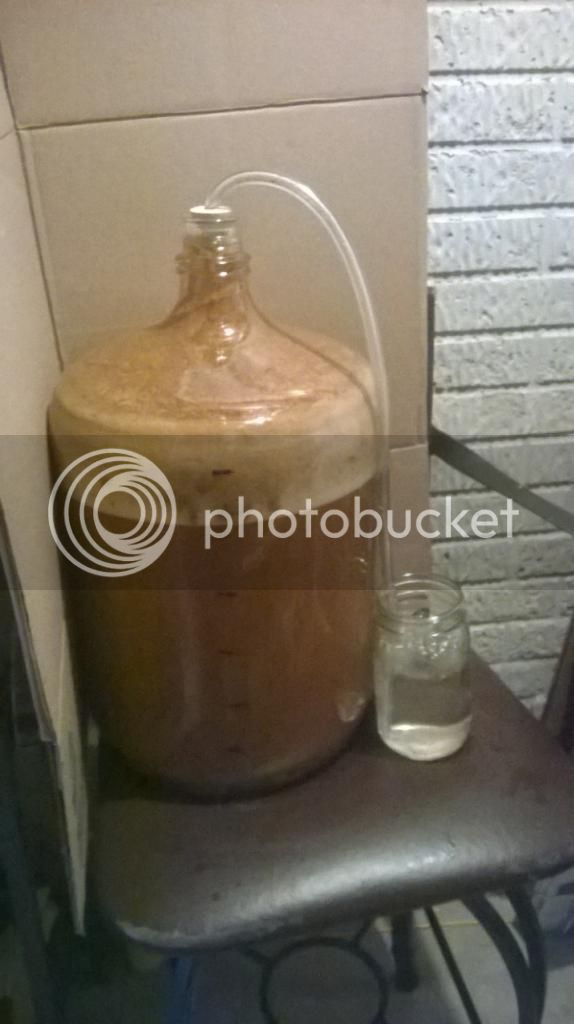clockwise
Well-Known Member
Title says it all really. I'm about to rack a RyePA and wanted to brew beforehand to just add the new wort to the same unwashed fermenter. I understand to watch temps....
Theoretically this would work right? Does anyone have experience doing this?
FWIW, the yeast is GigaYeast VermontIPA and I'm going to brew a pale ale, so the flavors won't be too far off.
Theoretically this would work right? Does anyone have experience doing this?
FWIW, the yeast is GigaYeast VermontIPA and I'm going to brew a pale ale, so the flavors won't be too far off.



